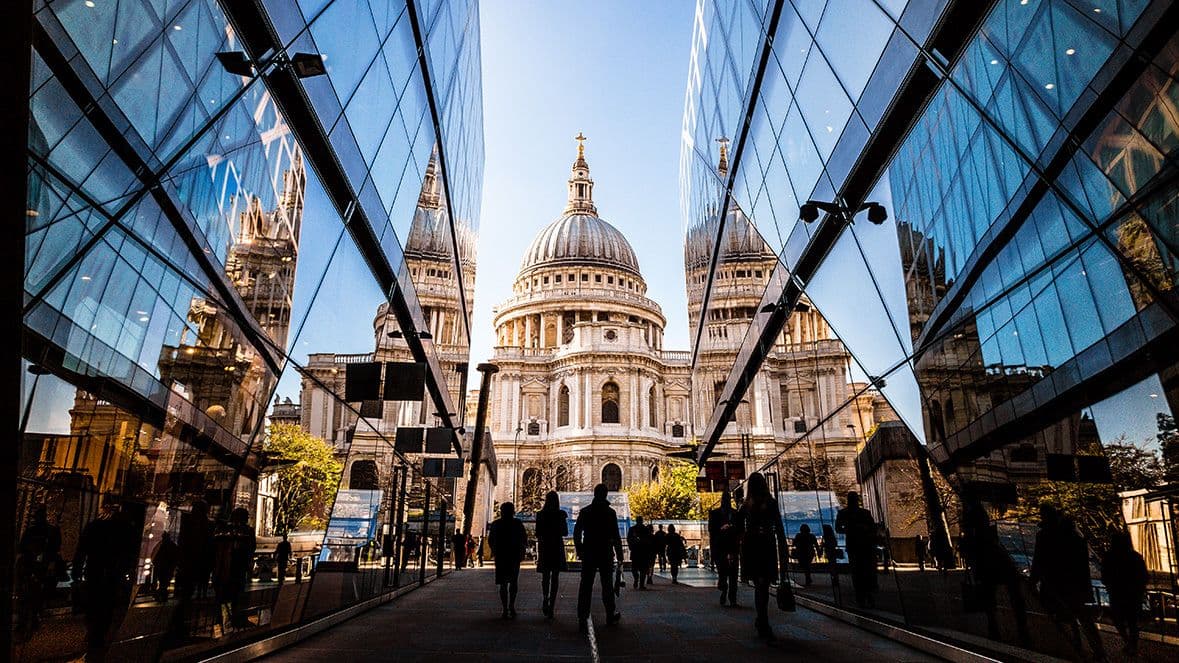
Cities are the future – what’s the future for cities?
In 2009, for the first time in human history, more than half the world’s population lived and worked in cities. By 2050, according to the World Bank, that number will rise to 7 in 10 people.
In 2009, for the first time in human history, more than half the world’s population lived and worked in cities. By 2050, according to the World Bank, that number will rise to 7 in 10 people.
So what? After decades of cheap land providing out-of-town developments, cities are where the money and the action is. According to the Centre for Cities, urban areas are 21% more productive than non-urban areas. They host 72% of highly skilled jobs. And UK cities aren’t just the most productive parts of the country, according to the 2025 World’s Best Cities report from global market research company IPSOS, based on liveability, lovability, and prosperity, London is the world’s leading city for the tenth year in a row.
So what does London have and what can it teach us? “Culture attracts capital more than capital attracts culture,” billionaire and former New York mayor Mike Bloomberg said in 2017. Where London triumphs is in its ‘lovability’. It took the top spot in nightlife, museums, hospitality and tech investment. That made the city Europe’s highest performing region for investment in 2024, according to EY. Andy Haldane – formerly at the Bank of England and now the RSA – admits that “if you're a card-carrying economist like me, you think ‘go gangbusters on business, then you attract the money, the labour, the capital, and it all takes care of itself’. It turns out that's completely wrong. The secret sauce of cities is a mix of physical capital, business success, cultural capital, social capital, transport infrastructure and education.”
Let’s fill this town with artists. People want to enjoy the city that they live in, and London is the most artistic city in Europe, according to data from the Society for London Theatre, London Museum and the GLA – with 305 galleries, 146 museums, 241 theatres and hundreds of live music venues from stadia to local pubs.
Bring people together. The UK economy clusters around cities and big towns, which cover 9% of the land but provide 63% of the UK’s output according to the Centre for Cities. Why? Because knowledge-intensive businesses thrive on proximity. “With work buildings we’ve been trying to say, push your security further and further into your building, so that your entrance is public,” the architect Simon Allford argues. “Successful buildings feel part of the city’s public realm and allow for serendipity.”
Size is everything. “Cities are the only place in the UK that can specialise at scale in activities, but also diversify across activities,” Haldane says. “From specialisation comes productivity, but a diversified portfolio means the work is always there and ideas cross-fertilise.” He says an economic footprint of more than a million but less than 10 million people works best – “so smaller cities should agglomerate into connected clusters”.
Let it grow organically, don’t force it down one path. Allford warns against designing cities for a specific purpose like well-being. He notes the failure of the Garden City movement’s planned settlements for healthy and sociable communities. Successful, liveable cities can’t be contrived; they grow up where they’re needed. The development of the Dongtan eco-city in Shanghai faltered due to corruption and poor management. Masdar City, the zero-carbon city in Abu Dhabi, is just 5% complete a decade after the project began.
“New ideas require old buildings,” Jane Jacobs wrote in the Death and Life of Great American Cities. Adapting old buildings reduces carbon footprints. Densely populated city centres make public transport cheaper and more effective. That’s why the ten UK cities with the lowest road transport CO2 emissions have more jobs per sq km.
A sense of place creates belonging. “It's not about rent per square foot, it's about ideas per hour,” Allford explains. “It all goes back to the coffee houses that were the forerunners of the financial district in the City of London. Cities in the UK are most successful where the physical structure has been preserved but they are continuously open to reinvention. It’s a collage – built on history, districts, cultures crossing and people meeting. Start with the story and people will believe in their city. That’s how they’ll love working there.”